Make yourself at home with the works of Charlotte Perriand at Foundation Louis Vuitton
See the full shoot in our October 2019 issue (W*247), on newsstands now
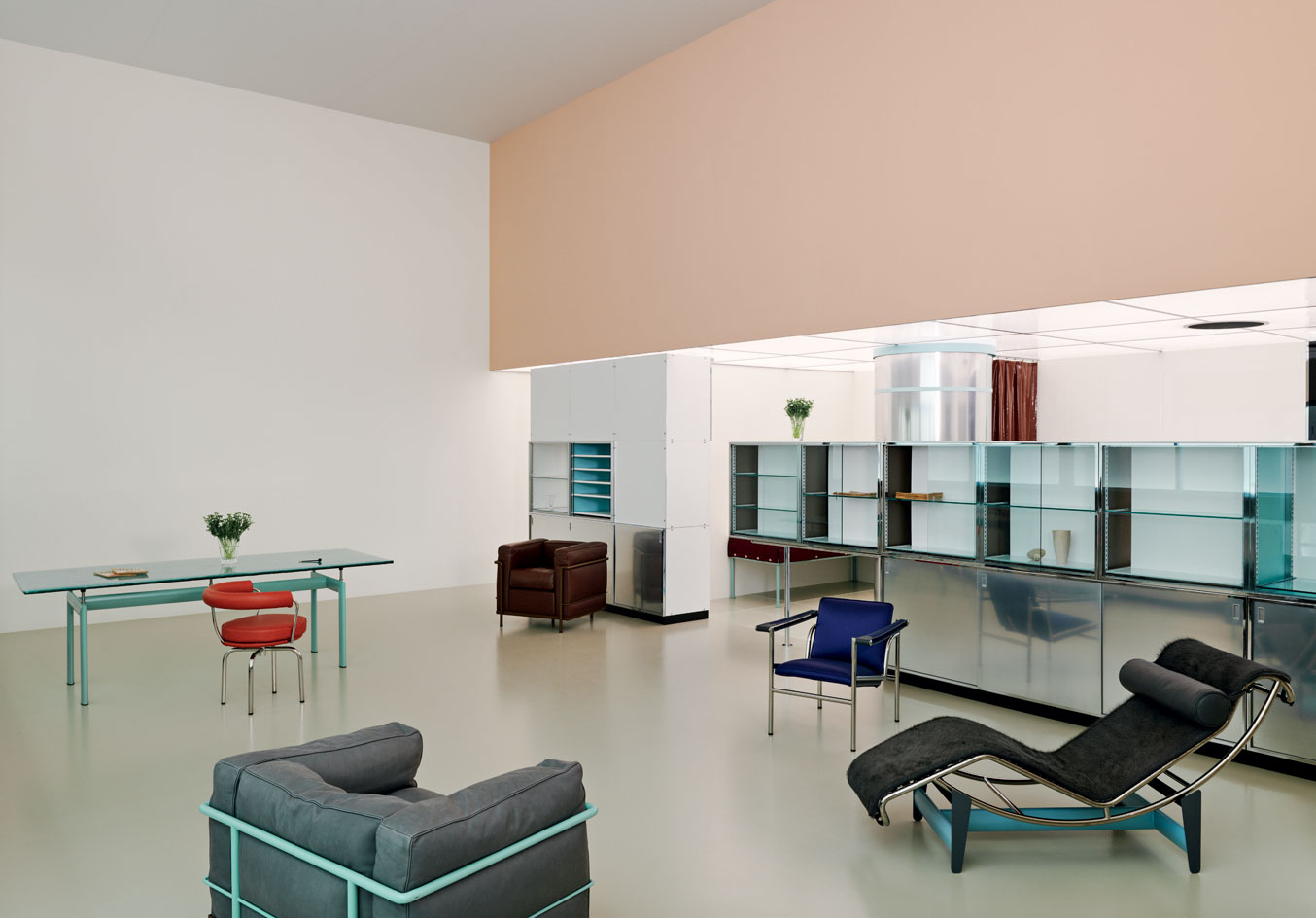
A reconstruction of the living room of the model home presented by Charlotte Perriand, Le Corbusier and Pierre Jeanneret at the 1929 Salon d’Automne in Paris, when the trio’s now iconic tubular chrome furniture was first shown to the public. The pieces, which visitors are welcome to try, were recreated by Cassina in the finishes and colours used at the time. The designs were later named, from left to right, ‘LC6’ dining table, ‘LC7’ chair, ‘LC3’ and ‘LC2’ armchairs, ‘LC1 Villa Church’ chair, and ‘LC4’ chaise longue.
This October, the Fondation Louis Vuitton is dedicating all of its 11 galleries, covering the four floors of the Frank Gehry-designed building in Paris’ Bois de Boulogne, to the pioneering French architect and designer Charlotte Perriand (1903-1999). Including 180 pieces of design and 180 artworks by 17 different artists, drawn from the Archives Charlotte Perriand, but also from private collectors, international museums and the Italian furniture brand Cassina, the show shines the spotlight on an exceptional woman who defined an entirely new way of living, and narrates the evolution from modern to contemporary society.
Reconstruction is the show’s modus operandi. Exhibitions and interiors devised by Perriand have been reassembled to her exact specifications. Her groundbreaking tubular chrome furniture, created alongside Le Corbusier and Pierre Jeanneret, and later, independently designed pieces in wood and bamboo come to life in their original context. Perriand liked to juxtapose her pieces with artwork from the likes of Fernand Léger, Pablo Picasso, Hans Hartung and Alexander Calder, and these too have been painstakingly sourced to recreate her intended displays.
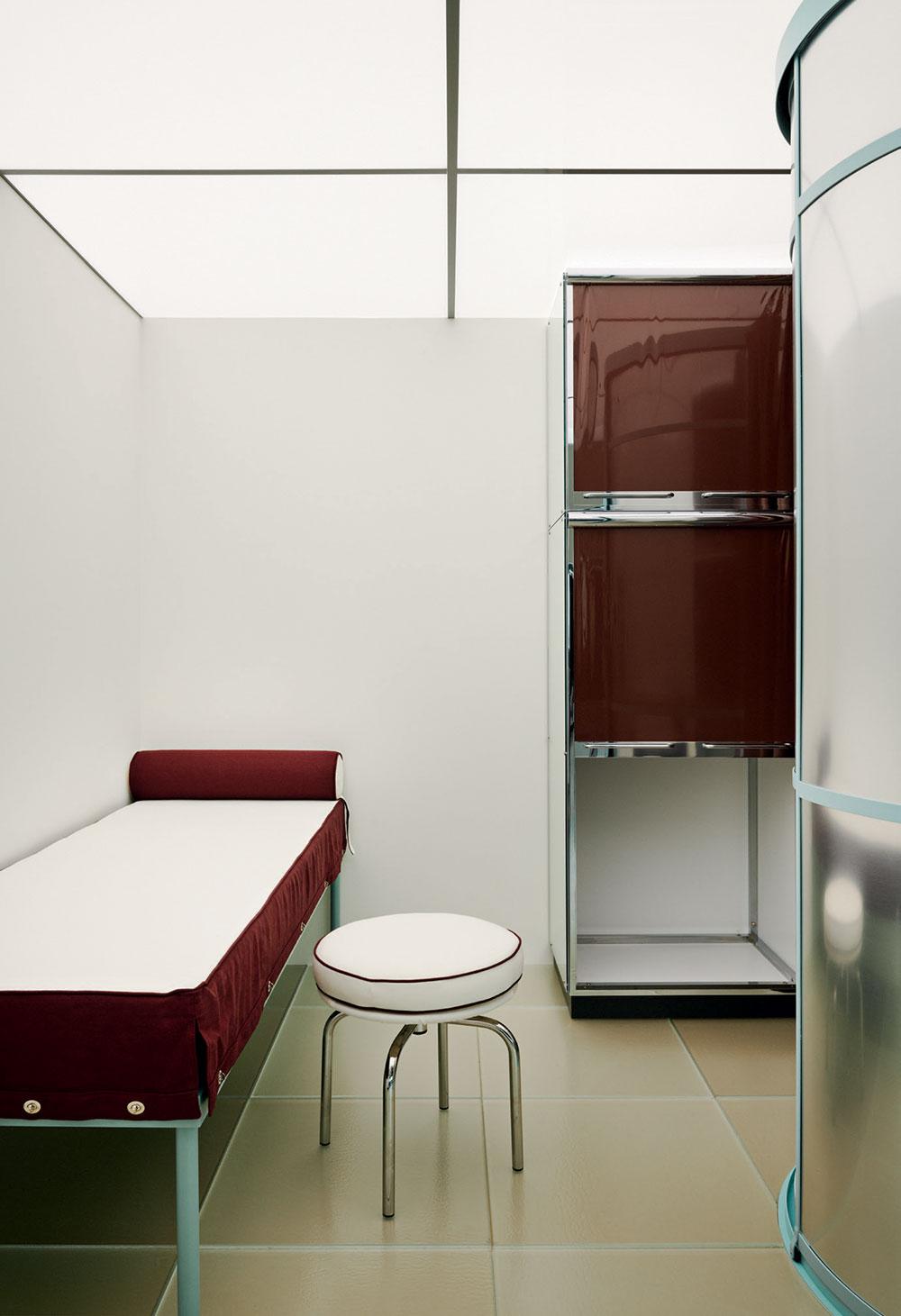
The 90 sq m model apartment at the Salone d'Automne included a small bedroom, furnished with a daybed, metal cabinet and ‘LC8’ stool, all recreated for the exhibition by Cassina.
The reconstructions start with Perriand’s Saint-Sulpice apartment from 1927, followed by the 1929 Salon d’Automne, and La Maison du Jeune Homme, shown at the Universal Exposition in Brussels in 1935. A painting by Léger, commissioned by Perriand for that project, was presumed lost, but curators tracked it down in a private collection and have secured it for the show. Further reproductions include the Refuge Tonneau, a mountain shelter designed in 1938 with Jeanneret and since created by Cassina; rooms for the Maison du Mexique and student housing units for the Maison de la Tunisie in 1952; and the Maison de Thé, made in 1993 for Unesco. Also present will be her 1934 Maison au Bord de L’eau, reproduced in 2013 by Louis Vuitton for Design Miami, and now fittingly displayed next to the Fondation Louis Vuitton’s outdoor water features.
To illustrate the years Perriand spent living in Japan, where she worked as the official advisor on industrial design to the Japanese government, and her dialogue with its culture, the show also includes reproductions of her exhibitions in Tokyo: ‘Sélection, Tradition, Création’ from 1941, and ‘Proposition d’une Synthèse des Arts’, from 1955.
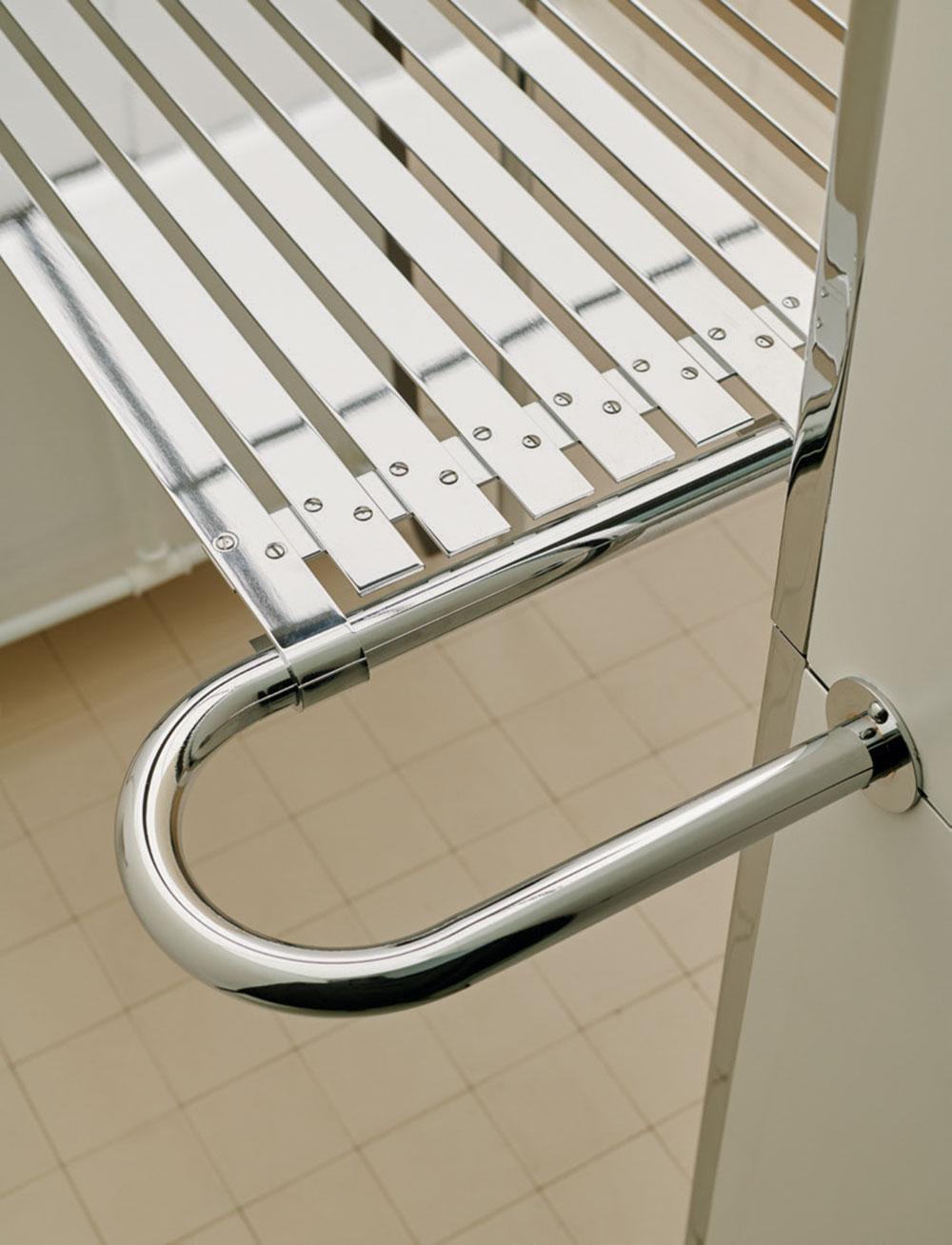
A multifunctional metal rack in the model apartment's kitchen, which can be used to store fruit and vegetables.
Perriand collaborated with Le Corbusier and Jeanneret on the now-iconic chaise longue and the ‘Grand Confort’ armchair. These were presented to the public at the 1929 Salon d’Automne, within a 90 sq m model home that served as a manifesto for modern living. According to Jean-Paul Claverie, art advisor to the president at the Fondation Louis Vuitton, the best way to present these pieces was to remake the original display entirely, including drawing room, bedroom, bathroom and kitchen. To oversee this resuscitation, the foundation called upon Arthur Rüegg, the architect and historian responsible for the recent restoration of the Pavilion Le Corbusier in Zurich. Cassina, with whom Perriand started a working relationship in 1964, not only provided pieces from its Perriand collection, made expressly in the finishes and colours used at the time, but replicated the metal cabinets that doubled as partitions between the drawing room and the rest of the space, and produced new replicas of several pieces, including a double bed and a daybed. In a departure from standard museum practice, visitors are encouraged to use the furniture in the recreated living space.
The show took four years to plan and execute. Aside from the usual research and careful negotiation with private collectors, galleries, estates and over 40 different international museums to coax essential works, it also involved complex restoration work and the recreation of total environments. In this the foundation collaborated closely with Pernette Perriand, who had worked alongside her mother and now manages her estate, and Pernette’s husband Jacques Barsac, Perriand’s biographer.
Within a partial reconstruction of the 1955 Synthèse des Arts exhibition in Japan, ‘you will really see how Perriand straddles disciplines’, says chief curator Olivier Michelon. ‘You will see a table, but also tapestries by Le Corbusier and Léger, a drawing by Hartung, and so on. She had a specific vision of art and space. The art alone could have warranted its own show, but here you get to see it in a real context.’
Claverie hopes visitors to the show will come to recognise Perriand as a pioneer of modernity, who touched on every aspect of our lives. ‘She elevated the place of the woman in society, highlighted our relationship with the environment and nature, and championed the integration of the artist and art.’
In a life that bookended the 20th century, Perriand never stopped creating. More than a designer, she was a visionary who was committed to changing the world softly. And our way of living today would not be the same without her.
As originally featured in the October 2019 issue of Wallpaper* (W*247)
INFORMATION
‘Charlotte Perriand’ is on view from 2 October – 4 February. fondationlouisvuitton.com
Wallpaper* Newsletter
Receive our daily digest of inspiration, escapism and design stories from around the world direct to your inbox.
ADDRESS
Fondation Louis Vuitton
8 Avenue du Mahatma Gandhi
75116 Paris
Also known as Picky Nicky, Nick Vinson has contributed to Wallpaper* Magazine for the past 21 years. He runs Vinson&Co, a London-based bureau specialising in creative direction and interiors for the luxury goods industry. As both an expert and fan of Made in Italy, he divides his time between London and Florence and has decades of experience in the industry as a critic, curator and editor.
-
 Put these emerging artists on your radar
Put these emerging artists on your radarThis crop of six new talents is poised to shake up the art world. Get to know them now
By Tianna Williams
-
 Dining at Pyrá feels like a Mediterranean kiss on both cheeks
Dining at Pyrá feels like a Mediterranean kiss on both cheeksDesigned by House of Dré, this Lonsdale Road addition dishes up an enticing fusion of Greek and Spanish cooking
By Sofia de la Cruz
-
 Creased, crumpled: S/S 2025 menswear is about clothes that have ‘lived a life’
Creased, crumpled: S/S 2025 menswear is about clothes that have ‘lived a life’The S/S 2025 menswear collections see designers embrace the creased and the crumpled, conjuring a mood of laidback languor that ran through the season – captured here by photographer Steve Harnacke and stylist Nicola Neri for Wallpaper*
By Jack Moss
-
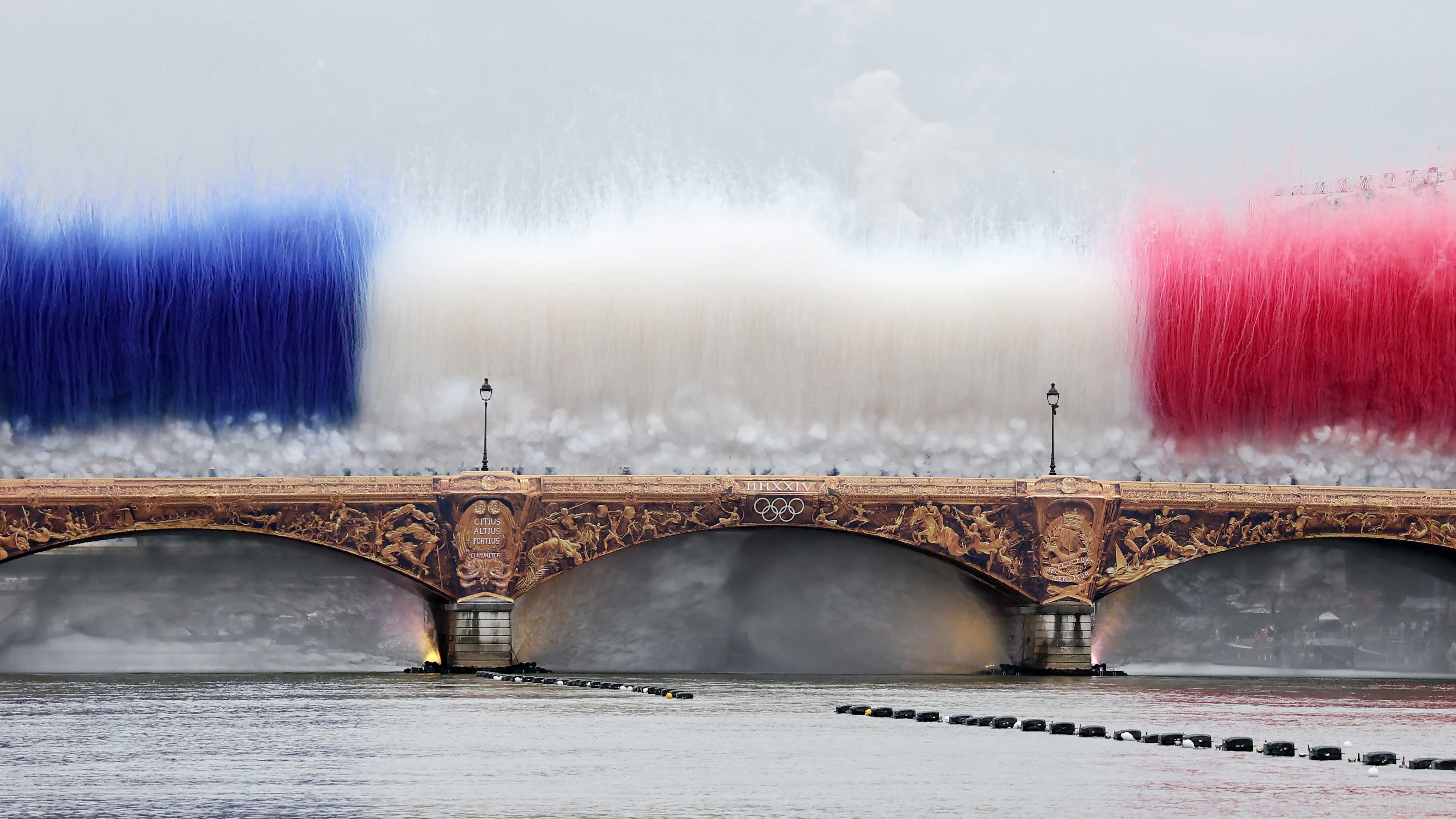 Olympics opening ceremony: a little Gaga, a lot of spectacle, and universal uplift
Olympics opening ceremony: a little Gaga, a lot of spectacle, and universal upliftHow Paris 2024’s Olympics opening ceremony set spirits – and much else – soaring, embracing the Seine, the streets and the skies. Craig McLean reports
By Craig McLean
-
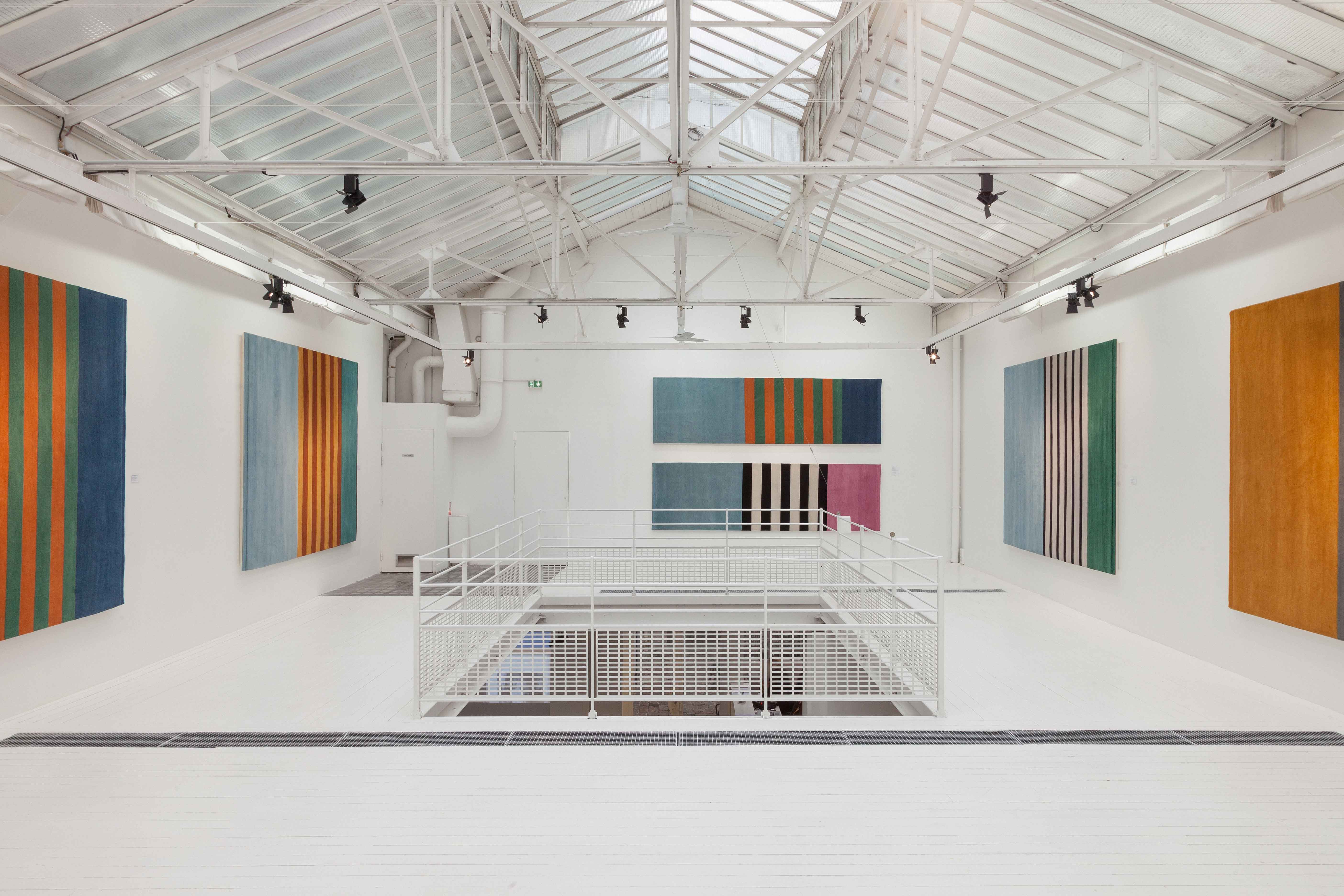 Paris Design Week 2023: the highlights
Paris Design Week 2023: the highlightsYour essential guide to Paris Design Week 2023, from Maison & Objet to Paris Déco Off, and the best things to see in town as part of Maison & Objet City
By Rosa Bertoli
-
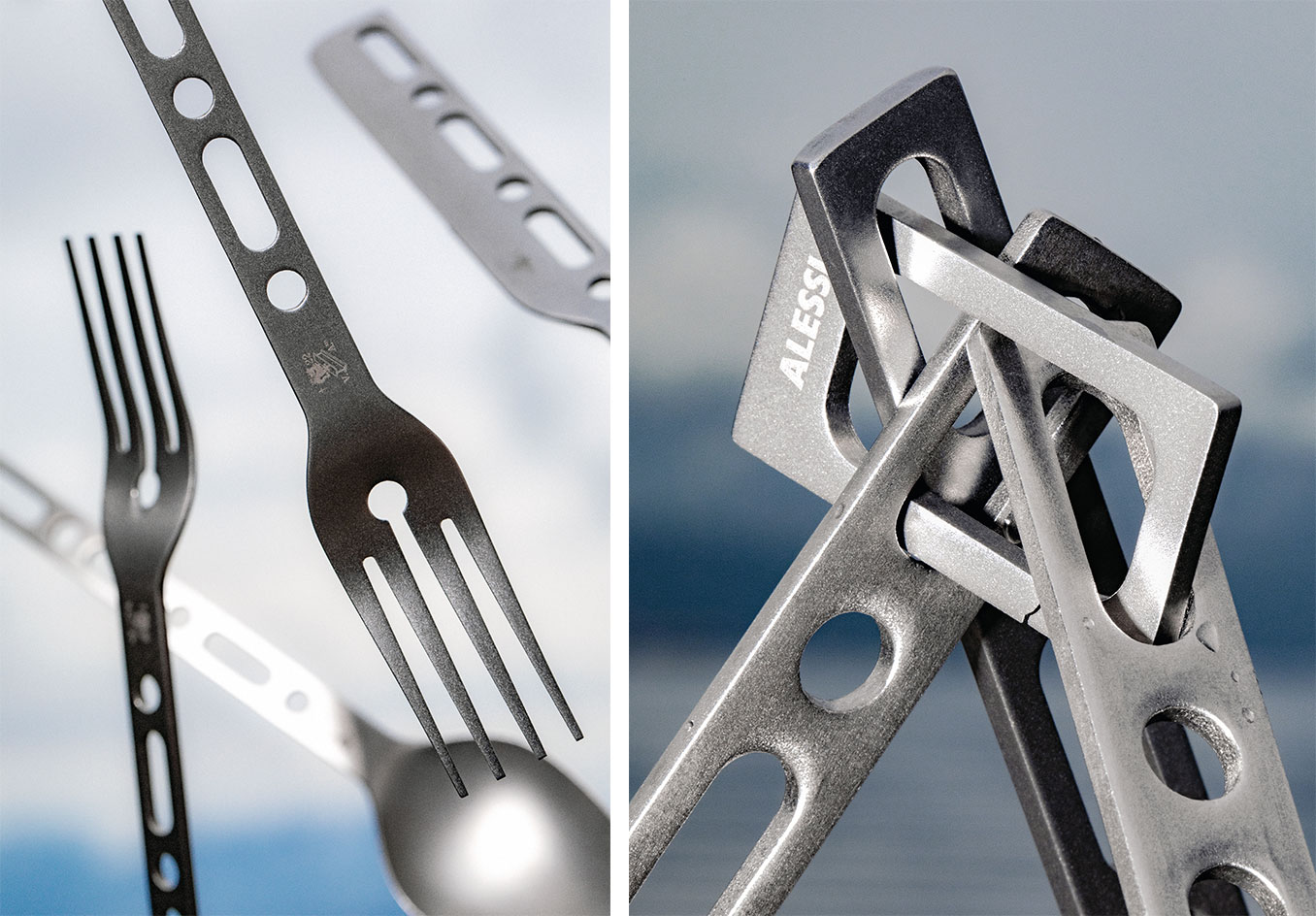 Alessi Occasional Objects: Virgil Abloh’s take on cutlery
Alessi Occasional Objects: Virgil Abloh’s take on cutleryBest Cross Pollination: Alessi's cutlery by the late designer Virgil Abloh, in collaboration with his London studio Alaska Alaska, is awarded at the Wallpaper* Design Awards 2023
By Rosa Bertoli
-
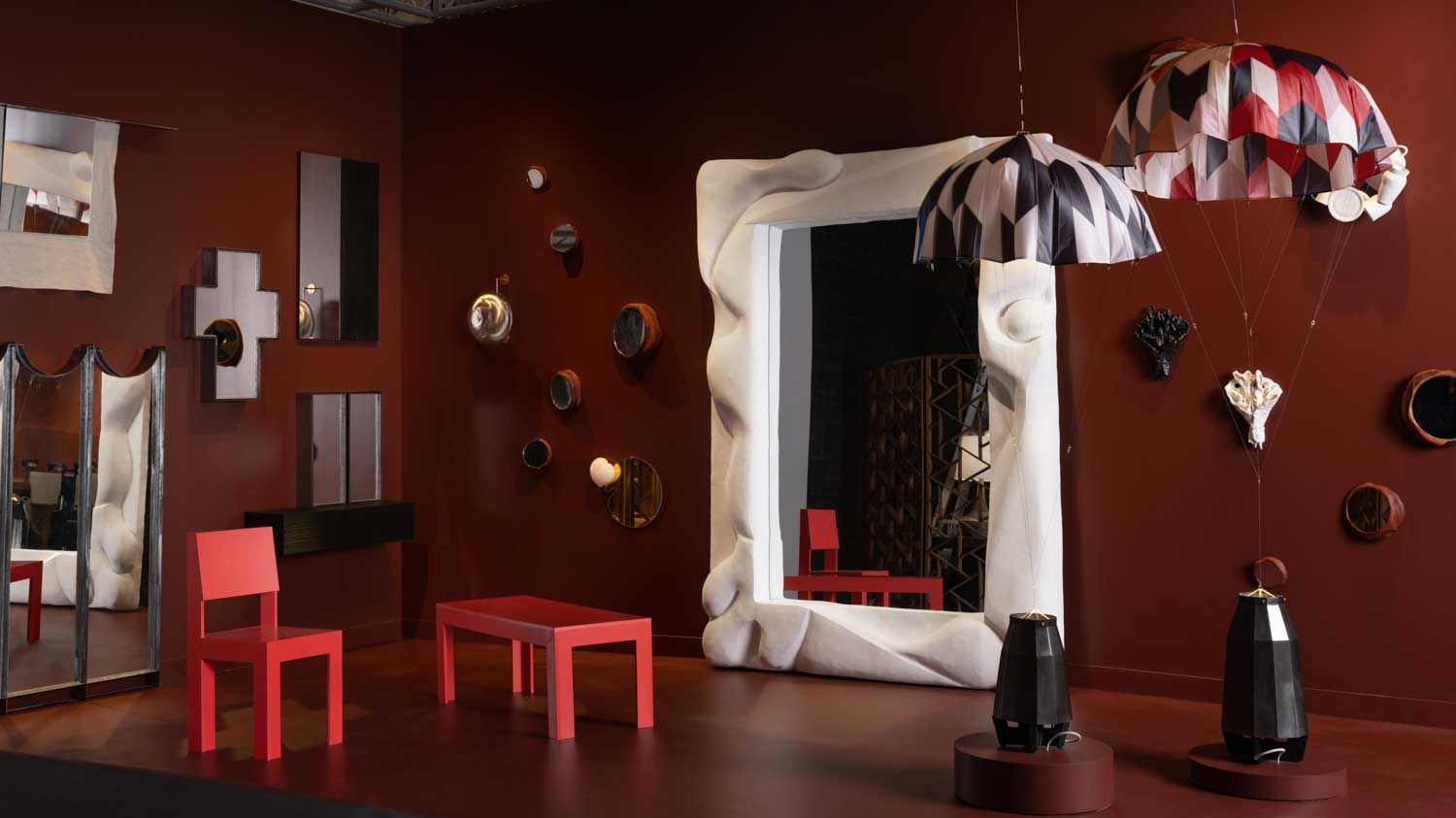 Design Miami 2022: highlights from the fair and around town
Design Miami 2022: highlights from the fair and around townDesign Miami 2022 (30 November – 4 December) aims at ‘rebooting the roots of our relationship with nature and collective structures, ecospheres, and urban contexts’
By Sujata Burman
-
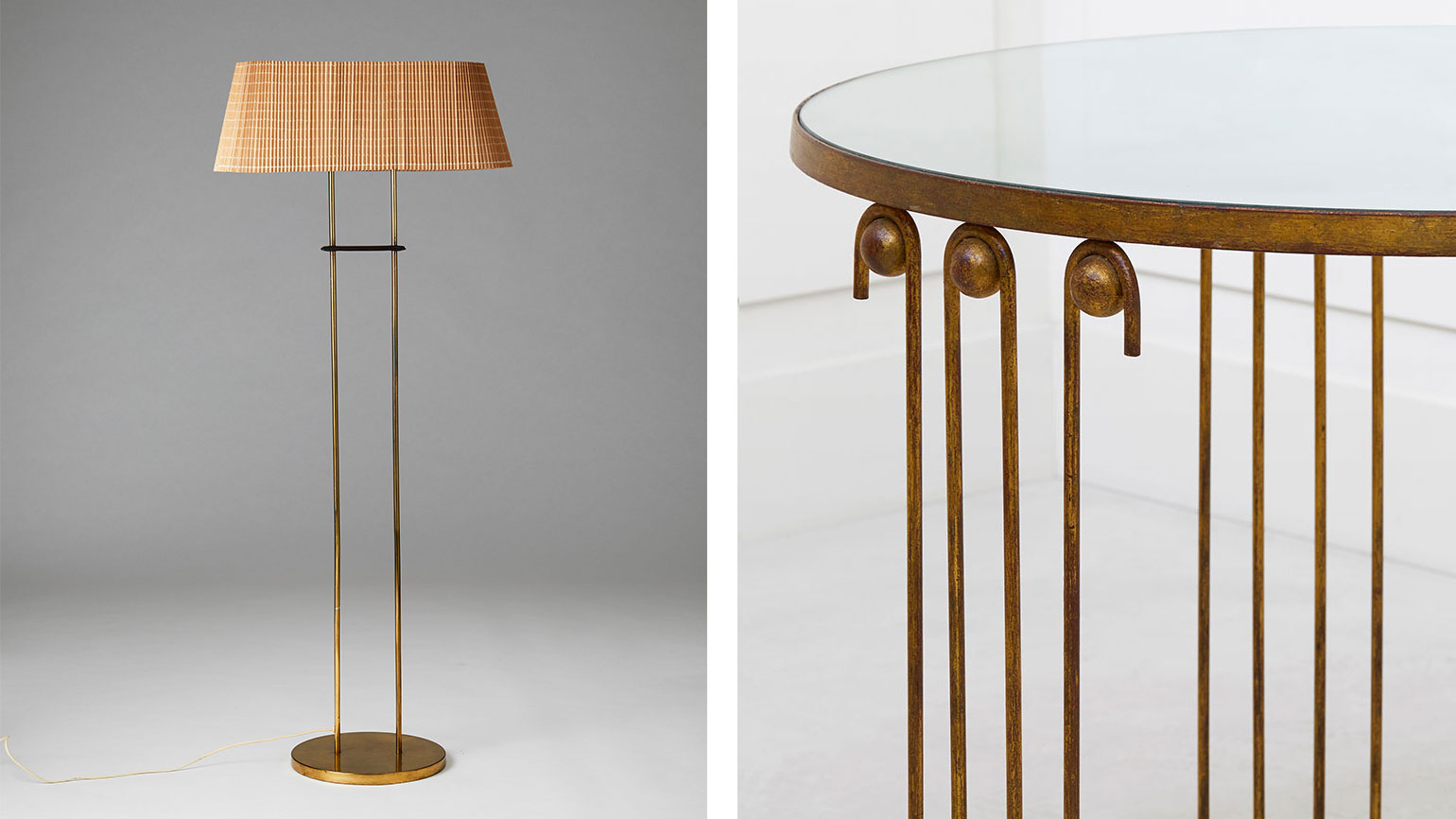 Salon Art + Design 2022: design highlights not to miss
Salon Art + Design 2022: design highlights not to missWallpaper* highlights from Salon Art + Design 2022, New York
By Tilly Macalister-Smith
-
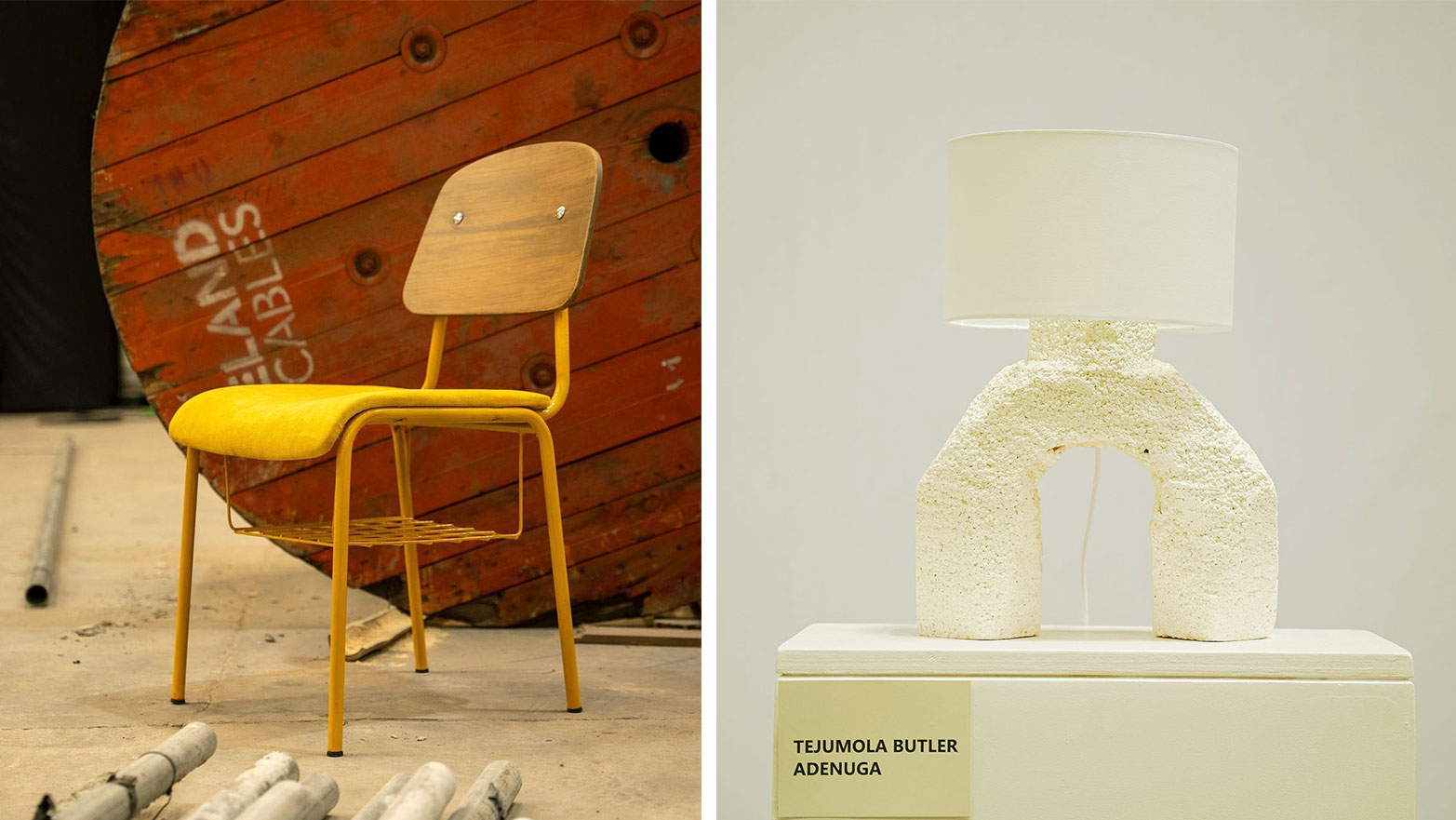 Design Week Lagos 2022 celebrates creativity and innovation in West Africa and beyond
Design Week Lagos 2022 celebrates creativity and innovation in West Africa and beyondCurated by founder Titi Ogufere, Design Week Lagos 2022 is based on a theme of ‘Beyond The Box’
By Ugonna-Ora Owoh
-
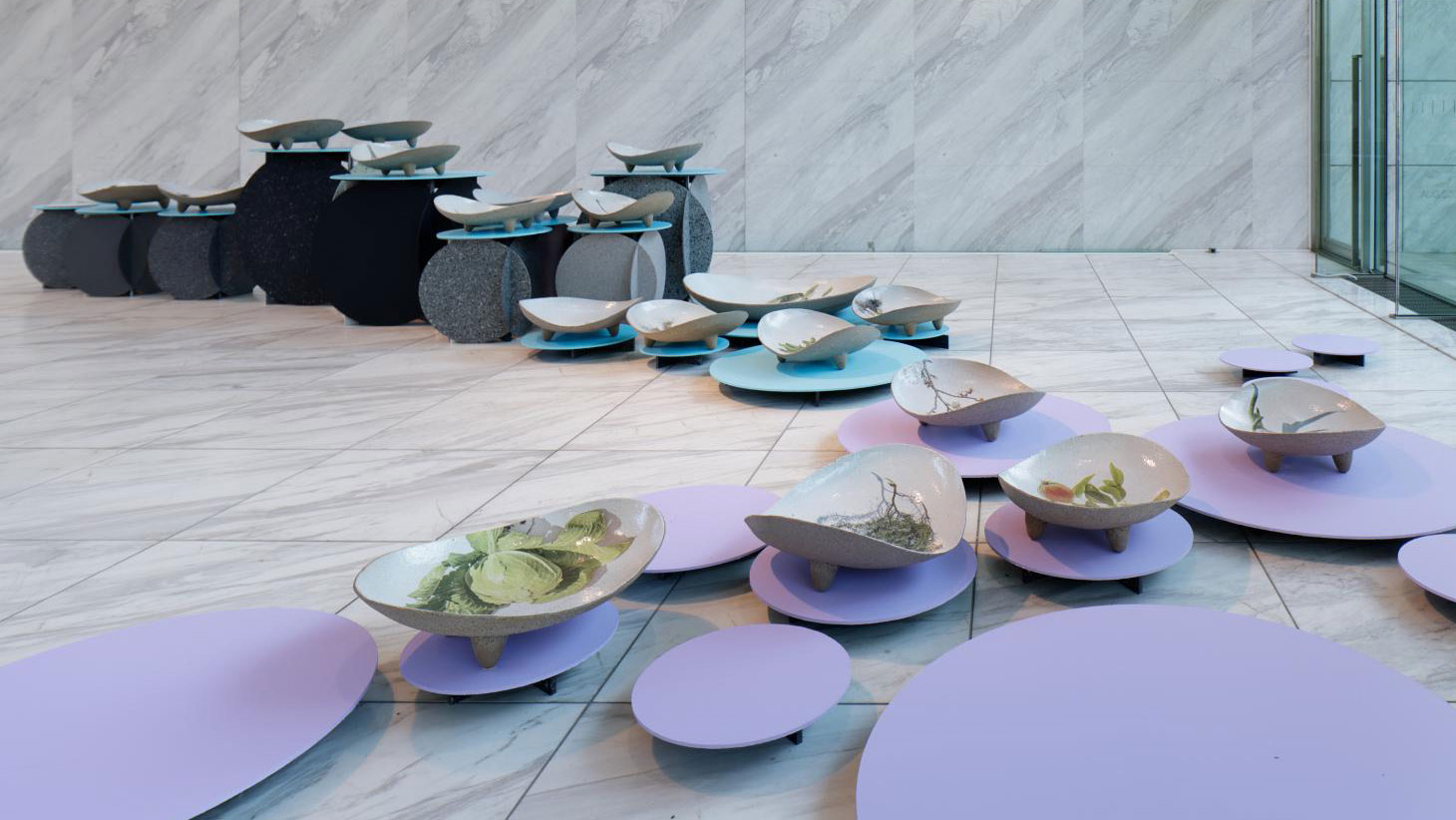 Designart Tokyo transforms the city into a museum of creativity
Designart Tokyo transforms the city into a museum of creativityDesignart Tokyo presents global design highlights through a series of exhibitions involving global creative talent and traditional Japanese craft
By Danielle Demetriou
-
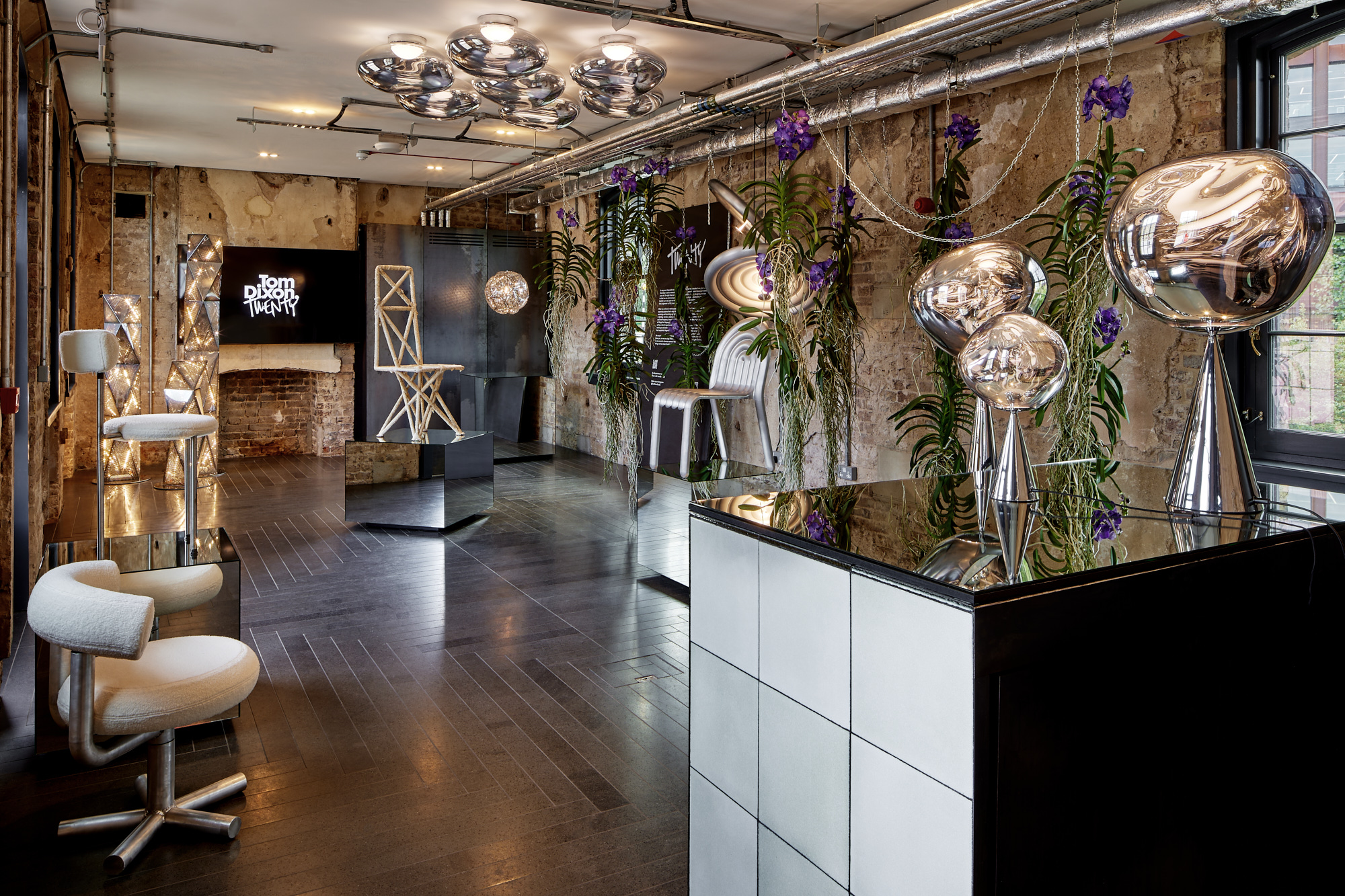 Tom Dixon marks his studio's 20 years with a show of design experiments
Tom Dixon marks his studio's 20 years with a show of design experimentsMushroom, cork, steel coral and more: Tom Dixon showcases an overview of his design experiments as he celebrates his practice's 20 years
By Rosa Bertoli